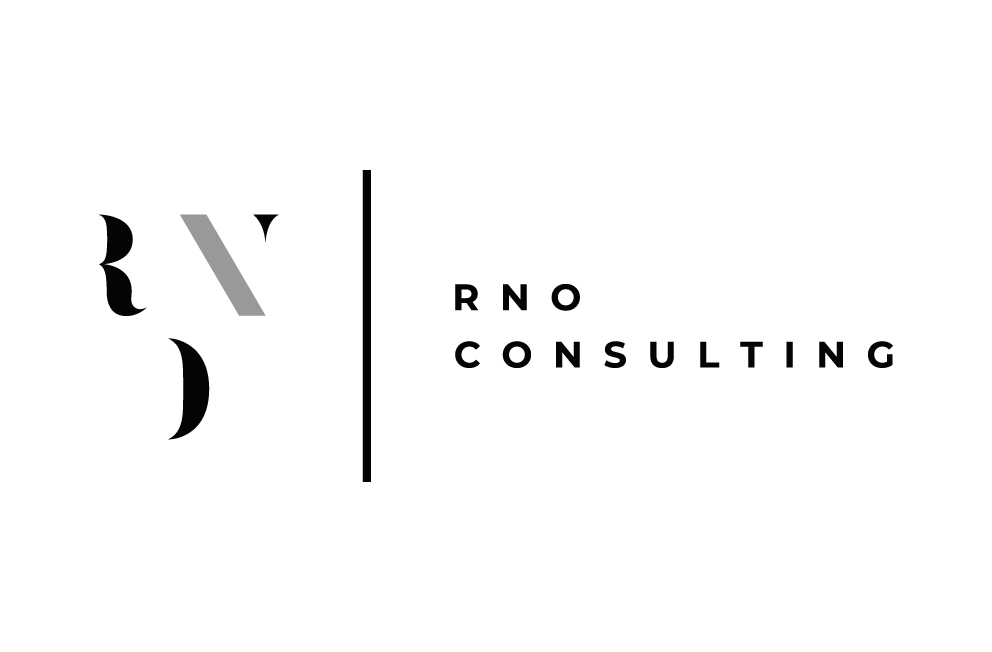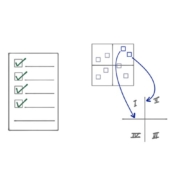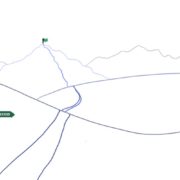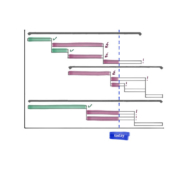Using scenario planning to bridge the present and the future
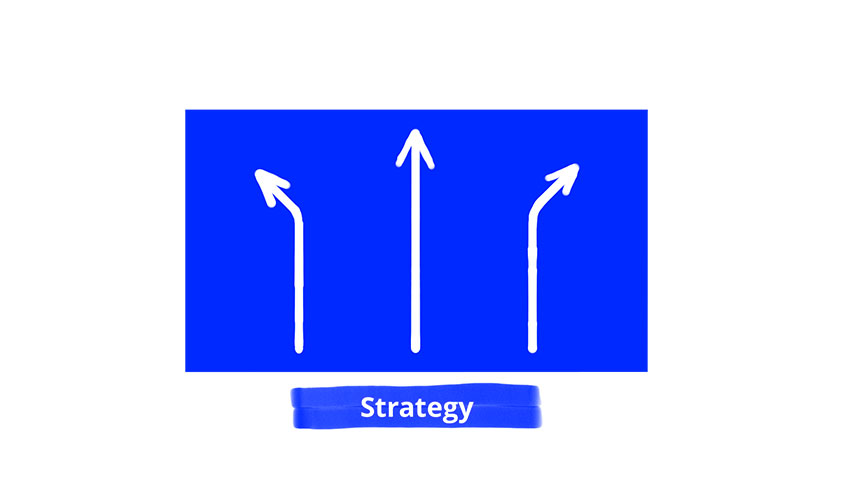
“Nobody could have foreseen Covid19 – or couldn’t they?” – The introductory question of an interview sequence about risk management conducted by “Businesstalk am Kudamm” reveals how unprepared many companies were when hit by the pandemic. While it is true that the Robert Koch Institute published a study in as early as 2012 showing what might happen in the case of a similar epidemic outbreak, the results of this scenario have been widely ignored by entrepreneurial strategists. Still, scenario planning can, more than any other instrument, help develop robust strategies for an uncertain future.
Crafting suitable scenarios
In his recent Harvard Business review “Learning from the future” [3], J. P. Scoblic emphasises that companies have to bridge the gap between long-term planning and short-term optimisation. While the first requires a prudent consideration of what will, could and might be, the latter demands focus on current processes, data and trends.
Here scenario planning helps to close the gulf in an ideal way, by combining analysis of current developments with an anticipation of the future. Creating scenarios means that present trends and dependencies are used to explore plausible far-future worlds, with a special focus on critical uncertainties.
Constructing robust strategies
Such a scenario planning typically results in a set of realistic scenarios which are also as distinct and dramatic as possible. In a next step, the company has to devise a strategy for its organisation and to put it to the test in the drawn-up scenarios.
Similar to scenario planning processes, strategic planning, too, combines what is relevant now with what might be in the future. In this context, it’s a company’s present environment in the form of existing capabilities, capacities and freedom of action that a strategic planning will start with. The relevant scenarios then show what challenges the organisation will have to face in the future.
The developed strategy usually refers to one scenario only. In the following test this strategy is adapted to the remaining scenarios. If a strategy is robust, it proves itself to be successful in all – or at least most – of the devised visions of the future.
Successfully ingraining these strategies
To ensure that reconciling short-term optimisation and long-term planning has been really successful, a third element has to be considered when it comes to scenario planning, and that is integrating it into the organisational structure of the respective company. Here, too, a balance must be struck between current developments and future unpredictabilities, thus helping to master the challenges described by J. P. Scoblic.
Ingraining scenario planning into a company is carried out in two directions: One goes from the scenario to the entrepreneurial context, the other leads from current external and internal developments to the scenarios. The first step is that all persons responsible for implementing the company’s strategy are constantly reminded that the depicted alternative futures are relevant to their decisions. In this way the drivers for and the relevance of the strategy are kept alive and future planning becomes more self-aware, thorough and prudent.
The second step in integrating scenario exercises in a company’s culture is to review critically the scenarios themselves at appropriate, regular intervals and to update them. Hypotheses which have proven to be unrealistic have to be replaced by new ones and the process has to be reiterated, at least partially. This will guarantee that the scenarios will stay relevant to the company and thus contribute to optimise strategic planning.
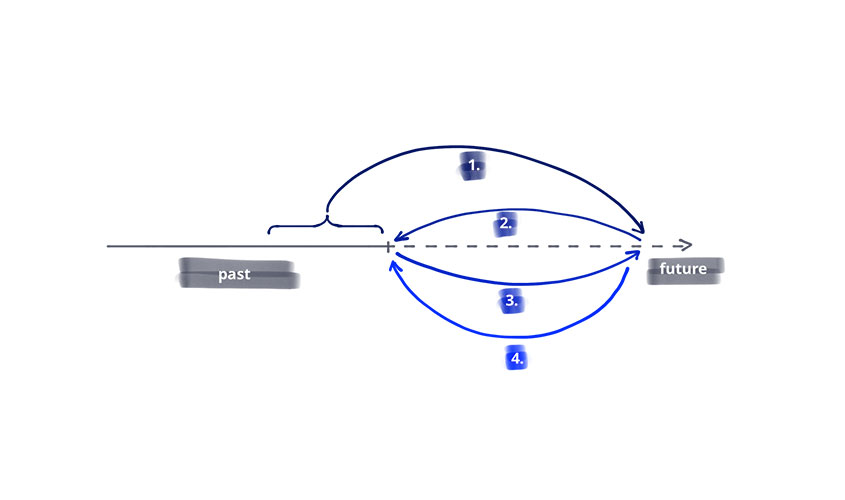
- Businesstalk am Kudamm (2020): „Corona wurde vorausgesehen“
- Robert Koch-Institut (2012): „Bericht zur Risikoanalyse im Bevölkerungsschutz 2012“
- J. Peter Scoblic (2020): „Learning from the future“
